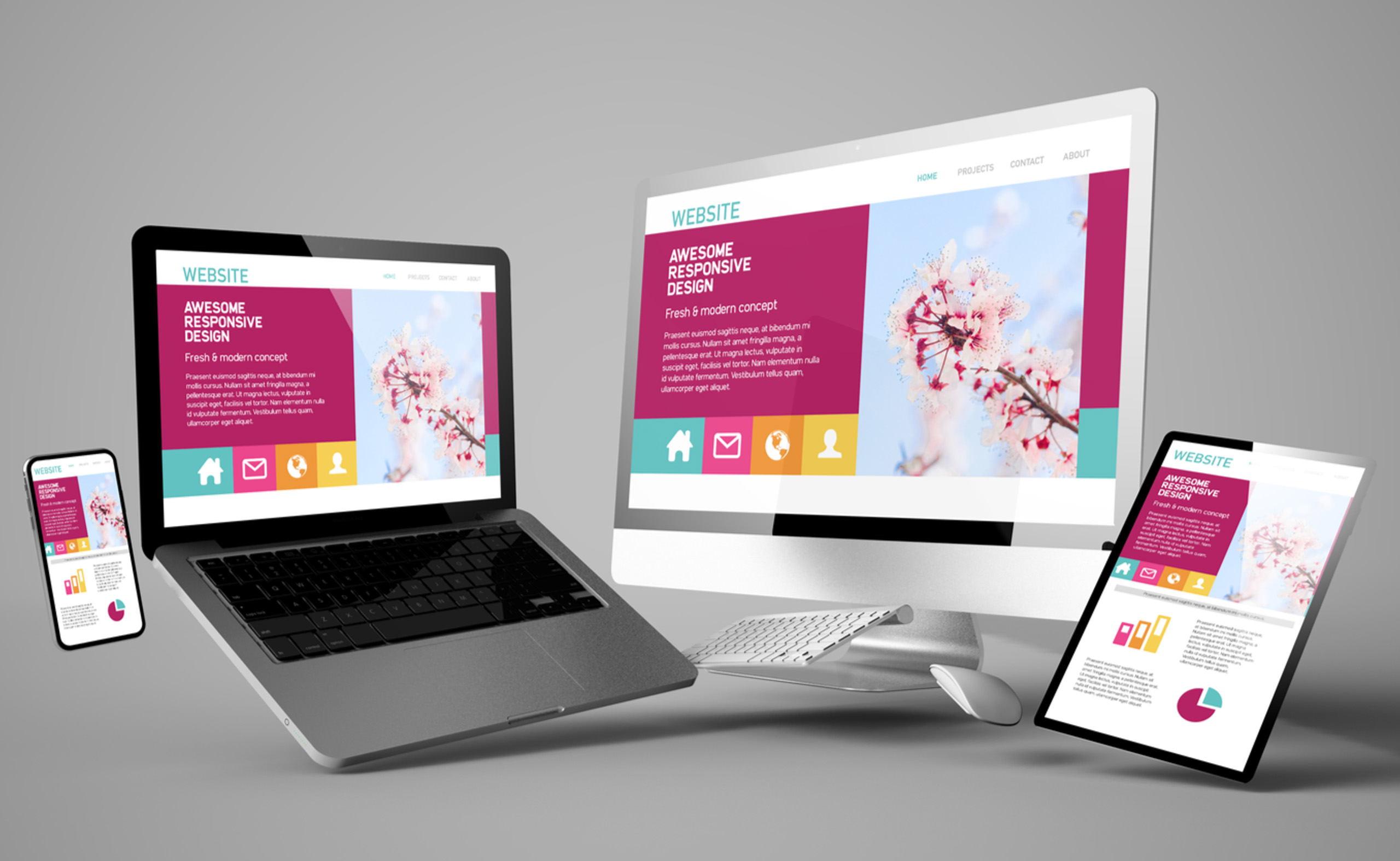
Dive into the future with our look at the top web design trends set to dominate 2025, from AI enhancements to interactive animations that captivate users.
Kenya has long been a beacon of technological innovation in Africa. With its vibrant tech ecosystem, the country has seen remarkable strides in mobile money, digital services, and technology-driven infrastructure. As we look to the future, Kenya’s technology landscape promises to evolve even further. From advancements in artificial intelligence to the continued growth of smart cities, the years 2025 to 2030 are poised to bring transformative changes to the Kenyan tech scene. In this blog, we explore the top tech trends to expect in Kenya over the next five years.

1. Establishing Credibility and Professionalism
In today’s market, consumers expect businesses to have a professional online presence. A well-designed website signals that you are serious about your business and dedicated to providing quality services or products. According to research, 84% of consumers consider a website essential for establishing credibility. Without one, potential customers may question your legitimacy and choose competitors who do have an online presence.
2. Enhancing Brand Visibility and Awareness
A website serves as a powerful tool for increasing brand visibility. Unlike social media posts that can quickly fade from view, the content on your website can remain relevant and accessible over time. By optimizing your site for search engines (SEO), you can attract organic traffic from users actively searching for your products or services. This long-term strategy helps build brand awareness and allows you to reach new audiences effectively.
3. Control Over Customer Experience
Having a website gives you complete control over how customers interact with your brand. You can design the user experience to guide visitors through your offerings seamlessly, ensuring they find what they need without frustration. This control extends to content presentation; you can use various formats—text, images, videos—to create engaging experiences that resonate with your audience.

4. Providing Valuable Information
Your website is an excellent platform for sharing information about your business, including product details, pricing, and company values. It allows you to educate potential customers about what sets you apart from competitors and why they should choose you. Additionally, incorporating a blog section enables you to share industry insights and updates, further establishing your authority in the field.
5. Facilitating Customer Engagement
Websites offer numerous ways to engage with customers beyond traditional marketing methods. Features like contact forms, live chat options, and newsletters allow for direct communication with visitors, fostering relationships that can lead to conversions. Engaging content encourages repeat visits and builds loyalty among customers who appreciate being informed and involved.
6. Adapting to Consumer Behavior Changes
As consumer behavior continues to shift towards online interactions—97% of people learn more about local companies via the Internet—it’s crucial for businesses to adapt accordingly. In 2025, if you’re not online, you’re likely missing out on significant opportunities for growth and customer acquisition.
7. Staying Competitive in Your Industry
Finally, having a website is vital for staying competitive in today’s marketplace. Many businesses already recognize the value of an online presence; thus, not having one could put you at a disadvantage against competitors who do invest in their websites.










